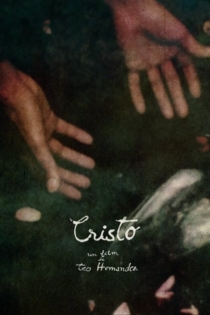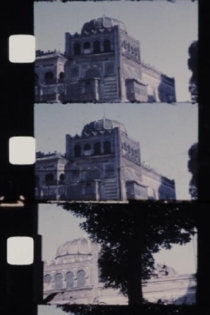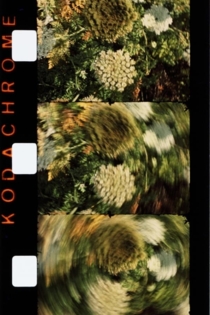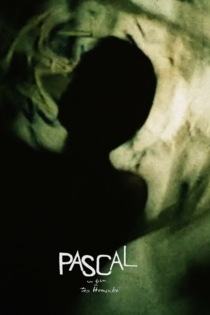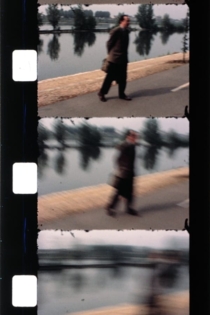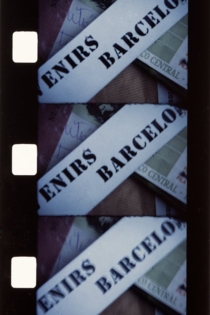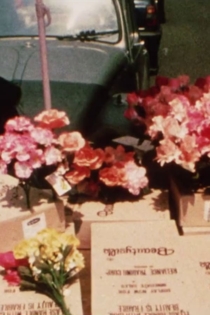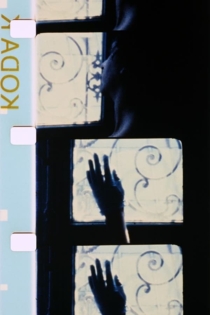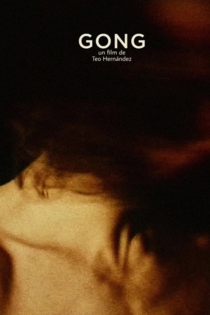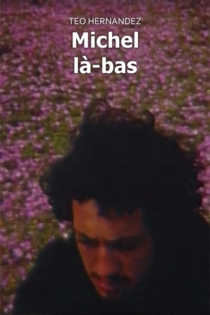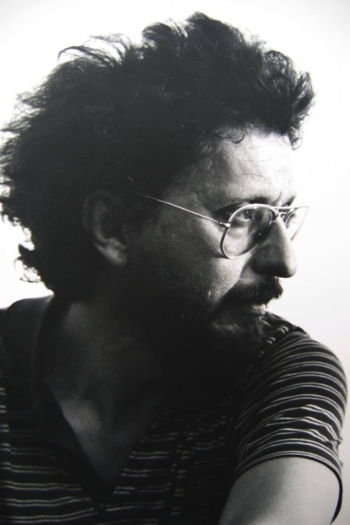
Teo Hernández
1939 - 1992He moved to Paris in 1966. From 1968 to 1975, he made films in super 8 in London, Paris, Morocco and Denmark. Then accompanied by Michel Nedjar with whom he turned "Michel là-bas" in Morocco, he traveled for six years in India, Nepal, Greece ... Back in Paris, he realized Salomé (1976) in the spirit of Oscar Wilde. He meets Gaël Badaud, with whom he begins a long series of collaborations where elements of his own experience are incorporated in the films. In 1977, he realized Cristo, which will be part of a trilogy on passion with Cristaux and Lacrima Cristi. In 1980, with his friends (Nedjar, Jakobois and Badaud) he founded the group MétroBarbèsRochechou Art.
Cristaux
Teo Hernández
Michel Nedjar, Gaël Badaud
The tetralogy pieces are dominated by the concept and presence of death, foreclosure, fetal vertigo. As such, CRISTAUX is a real descent into an inner labyrinth, which we do not know if it is organic or cultural. At the same time, the film contains a dialectical break that initiates other semantic directions in Hernandez's work. Under the influence of Michel NEDJAR, the filmmaker abandons his traditional method of editing based on rushes. The operation is now completed inside the camera, filming. This more flexible way of proceeding ("the camera must become a second eye") is already reflected in the clear openings of Lacrima Christi: the Christian myth seems to be on the way to exorcising. The pantheistic intoxication - close to that evoked by Nietzsche - seizes places, objects and participants.
Cristaux
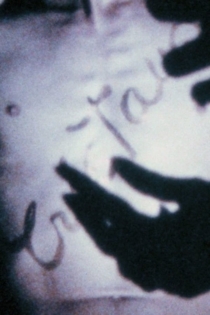
Cristo
Teo Hernández
Gaël Badaud, Armando Galvis
All of history, that of Christ or any other, permeates the world, leaves its mark, modifying and informing history, and all that the human reproduces and creates. The best way for historical interpretation or literary adaptation is to move as far as possible from literal interpretation. That is, it is a contemporary and personal interpretation. The story of Christ is an archetypal story. It has modified and informed a morality and a vision of the human being in the West, it must be taken for what it is and what it has become: matter.
Cristo
